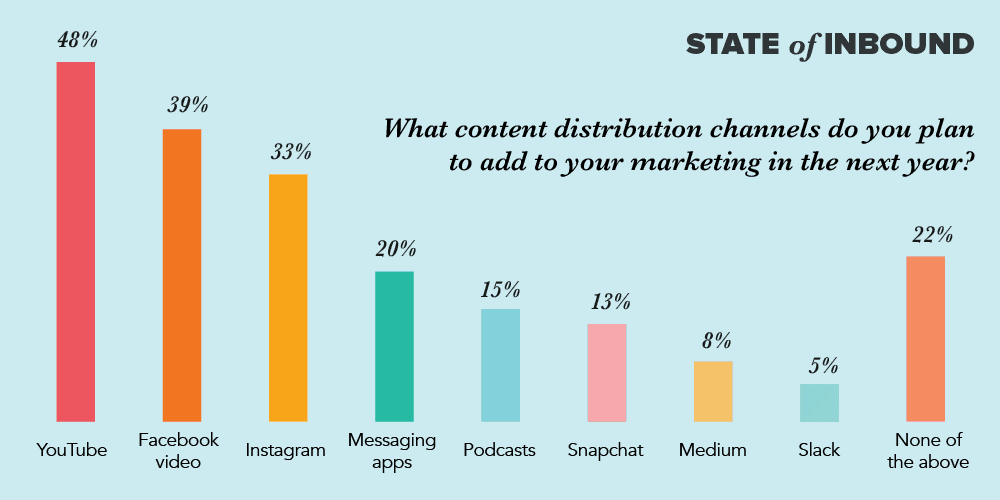A lead in digital marketing is a person whose contact information is known to your organization.
In most cases, that contact information is an email address.
But, with the rise of messenger apps, mobile numbers are becoming another must-have contact info.
3 Criteria That Defines a Lead
In digital marketing, even if you have a person’s email address or mobile number, it does not necessarily mean that person become your organization’s lead.
It has to meet these 3 criteria:
1) Available
Availability means that the information is available to other people in the organization. If you’re the sole owner, then this criterion is already satisfied.
But, if you’re part of a department and you’re the only person who has access to that contact, then the organization cannot claim that as a lead.
If other people don’t access the information but they can, that’s a different story.
In most cases, the information is stored in some sort of software (e.g. A spreadsheet or a CRM). This way, other people can access it anytime.
The main takeaway here is this: a lead does not and should not depend on you as a person.
Meaning, if you resign tomorrow, that lead’s information should all be accessible by anyone in the organization.
2) Valid
The validity of the information is important because if the email address or mobile number you have is incorrect, then you technically don’t have a lead.
The most common violation of this criteria are typographical errors.
Either the person entered their info incorrectly when filling out a form; or by you or someone in your organization when you were transferring the info from a signup sheet you got from an event.
Whatever the cause, if the email or mobile is not valid, that does not qualify to be a lead of your organization.
3) Reachable
Reachability refers to the ability of your organization to get in touch with the person.
Even if the person’s contact information is valid, but that person doesn’t give you permission to contact them and/or decided not to receive any further communications from you, then he/she is not a lead.
For example, the person unsubscribed from your mailing list. Or, the person blocks your number.
This person is no longer a lead. You should deduct these people from the total number of leads for that same period.
Not All Leads Are Created Equal
Every lead that comes into your database is different.
What that means is a person who downloads a PDF and the person who requested a quotation have different needs.
So, you should not send the same message to both persons.
If you want your email marketing to be successful, this is one of the principles you need to understand.
